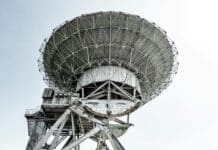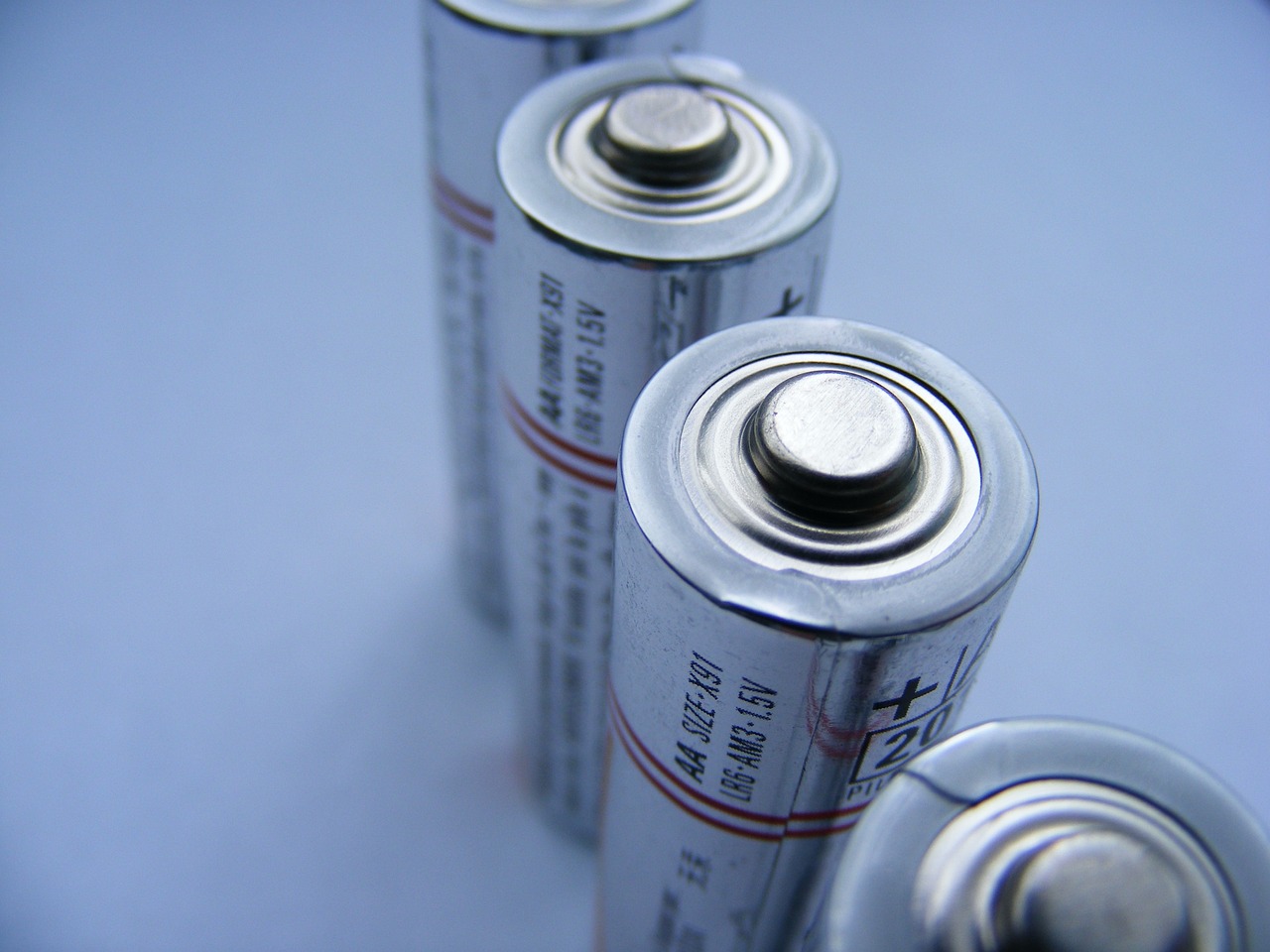This post is also available in:
 עברית (Hebrew)
עברית (Hebrew)
A recent prototype developed by Microsoft Research is exploring a non-electronic approach to computation by relying on light-based analog processing. This optical system has been designed to address resource-heavy tasks like optimization problems and machine learning inference, using a physical model of computation rather than conventional digital methods.
At the core of the system is a setup that translates data into patterns of light, processed through lenses, sensors, and micro-LED lights. Rather than encoding information in binary and executing operations sequentially, this method uses the natural behavior of light to perform calculations in parallel. As a result, the optical computer could potentially outperform traditional processors in specific domains where speed and energy consumption are limiting factors.
According to Interesting Engineering, what makes this prototype notable is its use of accessible components—borrowed largely from consumer electronics—which lowers the barrier to further experimentation and potential scale-up. Importantly, the system is not meant to replace general-purpose CPUs or GPUs but to handle narrowly defined, high-complexity tasks more efficiently.
To support testing and collaboration, the team built a digital simulation of the hardware. This allows researchers to explore different problem types without needing physical access to the system itself. The virtual model also helps estimate how the hardware would scale and perform under larger workloads.
Two early experiments offered practical demonstrations. In one, the system was applied to a financial clearing scenario, simulating thousands of trades between banks. While limited in scope, the test provided insight into how analog optical processing might handle similar real-world problems at greater scale.
In another case, MRI scan reconstruction was modeled using the digital twin. Preliminary results suggested the optical method could significantly reduce processing time, although the technique is not yet ready for clinical deployment.
The researchers also believe optical hardware could help support future AI workloads, particularly those requiring large-scale inference with lower power consumption. The work is still in a prototype phase, but the approach suggests an alternative path for addressing the increasing computational demands in fields like finance, healthcare, and machine learning.
The study was published in Nature.


























